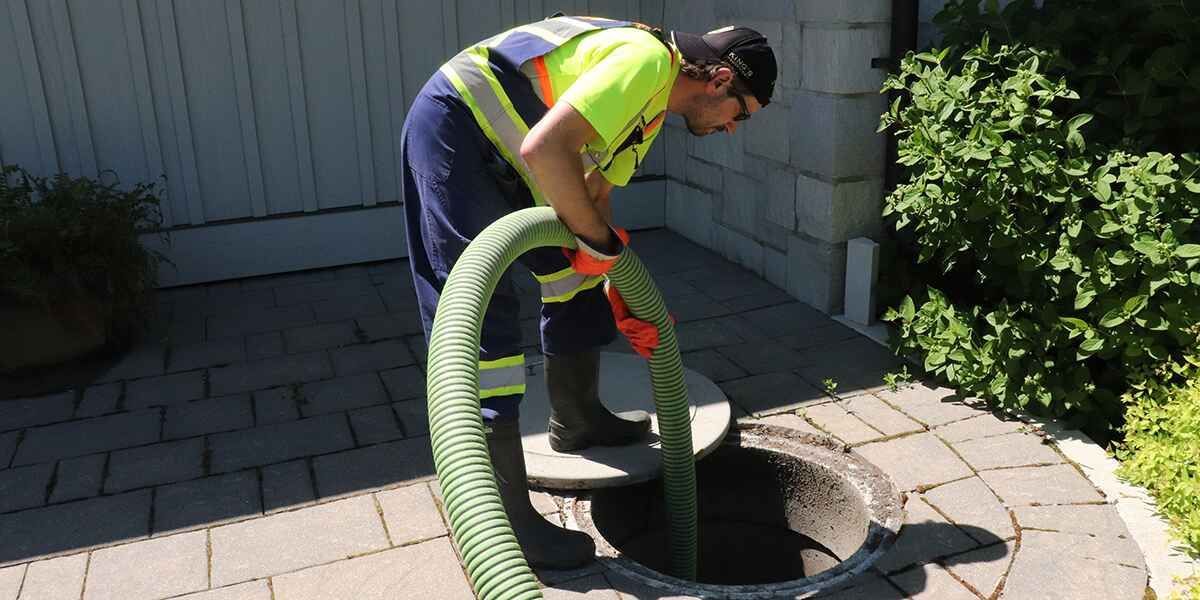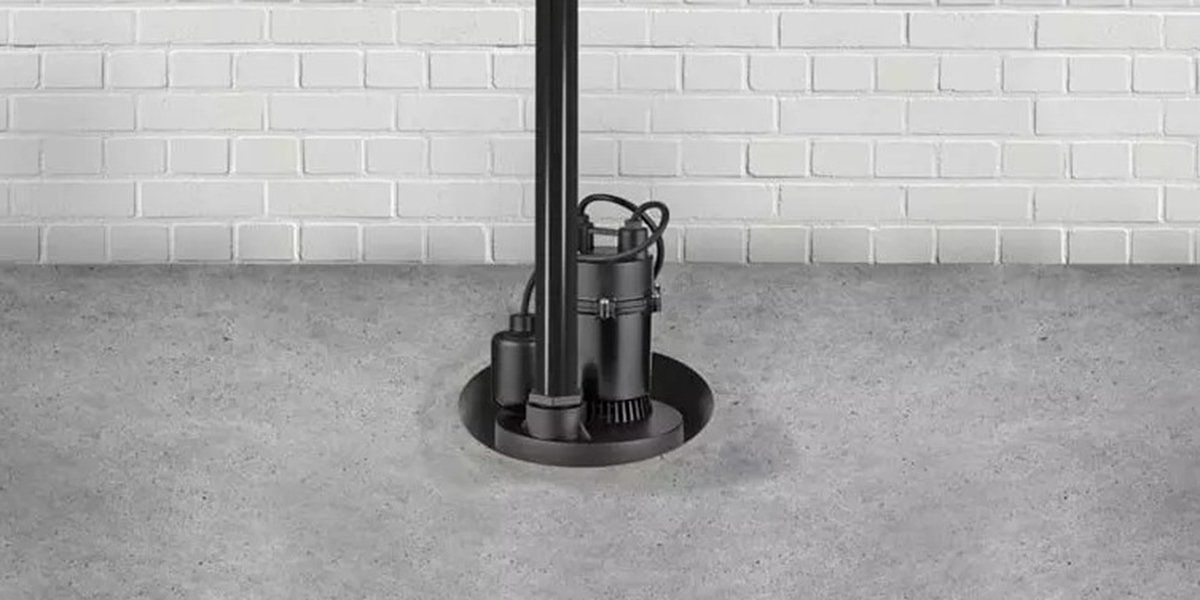We have stumbled upon this post pertaining to Steps to Cleaning Your Sump Pump Properly down the page on the internet and think it made sense to quickly share it with you on this site.

Sump pumps are crucial components in lots of homes, specifically in locations vulnerable to flooding or extreme wetness. They help prevent water damage by effectively eliminating excess water from basements or crawl spaces. However, like any other device, sump pumps call for regular maintenance to ensure they function successfully when needed one of the most. Cleaning your sump pump is a crucial part of its upkeep, and understanding exactly how to do it appropriately can conserve you from pricey repair services and potential catastrophes.
Intro
Keeping a clean sump pump is crucial for its correct performance and durability. Disregarding this crucial task can cause blockages, breakdowns, and inevitably, water damages to your property. For that reason, learning just how to clean a sump pump is essential for house owners that depend on these devices to maintain their cellars completely dry and safeguarded.
Comprehending the Sump Pump
Prior to diving right into the cleaning procedure, it's vital to have a standard understanding of how a sump pump works. Normally mounted in a pit or basin below the basement floor, a sump pump contains a number of essential elements, consisting of a pump, a float button, and a discharge pipeline. When water collects in the pit, the float button turns on the pump, which then pumps the water out via the discharge pipe, away from the building's structure.
Indicators of a Dirty Sump Pump
Recognizing when your sump pump requires cleansing is critical for avoiding prospective malfunctions. Some typical signs that suggest a dirty sump pump consist of weird sounds throughout procedure, decreased water circulation, and noticeable particles in the pit. If you notice any of these signs and symptoms, it's important to cleanse your sump pump immediately to stay clear of any kind of additional issues.
Planning for Cleaning
Before you start cleaning your sump pump, it's vital to take some security precautions. Beginning by turning off the power to the pump to stay clear of any kind of electrical mishaps. Furthermore, put on proper protective equipment, such as gloves and goggles, to safeguard yourself from dirt, particles, and potential pathogens.
Detailed Overview to Cleaning Up a Sump Pump
Turning off the Power
Begin by separating the power supply to the sump pump to avoid any accidents while cleansing.
Eliminating Debris and Dust
Use a pail or a scoop to get rid of any visible debris, dirt, or sediment from the sump pit. Dispose of the particles appropriately to stop it from clogging the pump or the discharge pipeline.
Cleaning up the Pump and Float Switch
Once the pit is free from particles, meticulously remove the pump from the pit. Check the pump and the float switch for any indications of damages or wear. Make use of a soft brush or fabric to clean up the surfaces and eliminate any kind of built up grime.
Flushing the System
After cleaning up the pump and float switch, purge the sump pit with clean water to remove any continuing to be dust or sediment. This will certainly aid ensure that the pump runs efficiently and effectively.
Looking For Appropriate Functioning
Before re-installing the pump, execute a quick test to make sure that the float button turns on the pump properly. Pour some water into the sump pit and observe the pump's procedure. If everything is working correctly, you can reassemble the pump and reconnect the power supply.
Upkeep Tips to Keep Your Sump Pump Clean
Along with routine cleansing, there are a number of upkeep pointers you can follow to keep your sump pump in optimal condition:
Verdict
Cleansing your sump pump is a crucial facet of its maintenance and makes certain that it operates efficiently when you need it one of the most. By following the steps detailed in this overview and incorporating normal upkeep right into your regimen, you can prolong the life expectancy of your sump pump and secure your home from water damages.
6 STEPS ON HOW TO CLEAN A SUMP PUMP PROPERLY
UNDERSTANDING SUMP PUMPS
Your sump pump plays a crucial role in protecting your home by managing and removing excess water. It primarily functions as a “shield”, guarding your basement against the damaging effects of water accumulation. The pump is housed in a sump pit in the lowest part of your basement, and its job is to pump out any water that collects there.
During heavy rainfalls or when snow melts rapidly, water can infiltrate your basement, posing potential risks like flooding, structural damage, and harmful mold growth. Here, the sump pump springs into action, pumping out the intruding water and directing it away from your home.
SAFETY FIRST
Before cleaning, remember to prioritize safety. Disconnect the sump pump from the power source to prevent any accidental electric shocks. Also, wear sturdy gloves to protect your hands from any sharp or dirty components within the pump.
REMOVE THE SUMP PUMP
After ensuring your safety, the next step is to remove the sump pump from its pit. Doing this might require careful maneuvering as you don’t want to damage any pump components. Once removed, clean the sump pit to remove any accumulated debris or sludge.
INSPECT THE PUMP
Inspect the pump for any visible signs of wear or damage. Check the power cord, float switch, and impeller housing. If any components look worn out or damaged, consider replacing them to ensure optimal performance.
CLEAN THE PUMP
Thoroughly clean the pump with warm, soapy water. Make sure to rid it of any dirt, gravel, or other debris that might impede its performance. You can use a toothbrush to clean the small, hard-to-reach parts of the pump.
REINSTALL THE SUMP PUMP
Reinstall the pump into the sump pit Make sure it’s positioned correctly to remove the water effectively Once it’s back in place, reconnect it to the power source TEST THE PUMP
Finally, pour some water into the pit to ensure the pump works correctly. It should start automatically and begin pumping out the water; if it doesn’t, check the power source and the positioning of the pump.
Remember, while cleaning your sump pump is an essential part of home maintenance, hiring a professional plumber for a thorough inspection and cleaning at least once a year is also important. This will ensure that your pump is in optimal condition, ready to protect your home from potential water damage.
BEST PRACTICES FOR CLEANING SUMP PUMP DISCHARGE PIPES
Regular Inspection: Regularly inspect your discharge pipes, especially during heavy rainfall or snowmelt periods. Look for any signs of blockage or damage. Early detection of problems can prevent serious issues down the line. Periodic Cleaning: Over time, sediment and debris can accumulate in the discharge pipes, impeding the flow of water. Regular cleaning helps keep the pipes clear and functioning efficiently. You can use a high-pressure water jet to effectively clean the pipes. Insulation During Winter: In colder climates, discharge pipes can freeze, blocking the outflow of water. Protect your discharge pipes from freezing temperatures by insulating them with foam pipe insulation. This will ensure the sump pump can continue to discharge water even in freezing conditions. Proper Positioning: The discharge pipe should be positioned to direct water away from your home’s foundation. Improper positioning can lead to water seeping back into the basement. Ensure the pipe is long enough and angled correctly. Installation of a Check Valve: A check valve prevents water from flowing back into your sump pit after the pump has pushed it out. Installing a check valve helps maintain the efficiency of your sump pump and reduces the risk of flooding. Minimize Pipe Turns: Every curve or turn in the discharge pipe can decrease the efficiency of water flow. By minimizing turns and bends in your discharge pipe, you can increase the efficiency of your sump pump. https://www.fullspeedplumbing.com/how-to-clean-a-sump-pump-properly9999/

I recently found that piece about while doing a search on the search engines. Do you know another person who is fascinated by the subject? Do not hesitate to promote it. I treasure your readership.
Additional Information